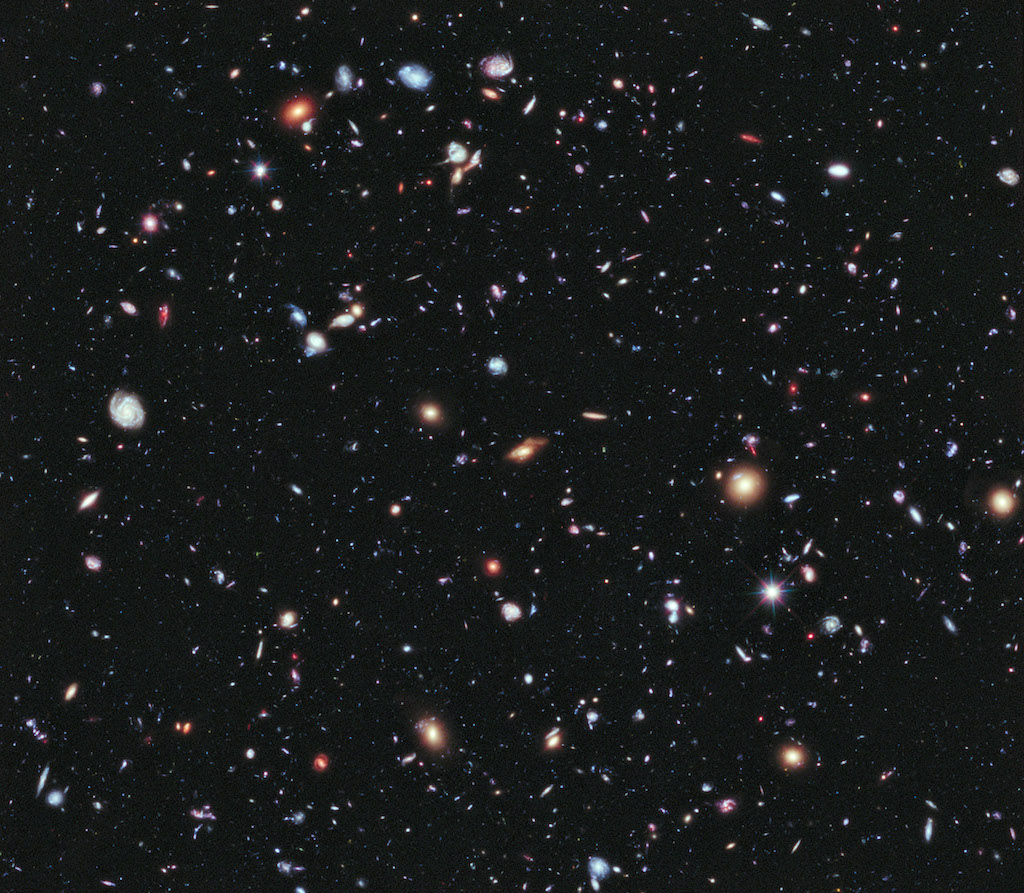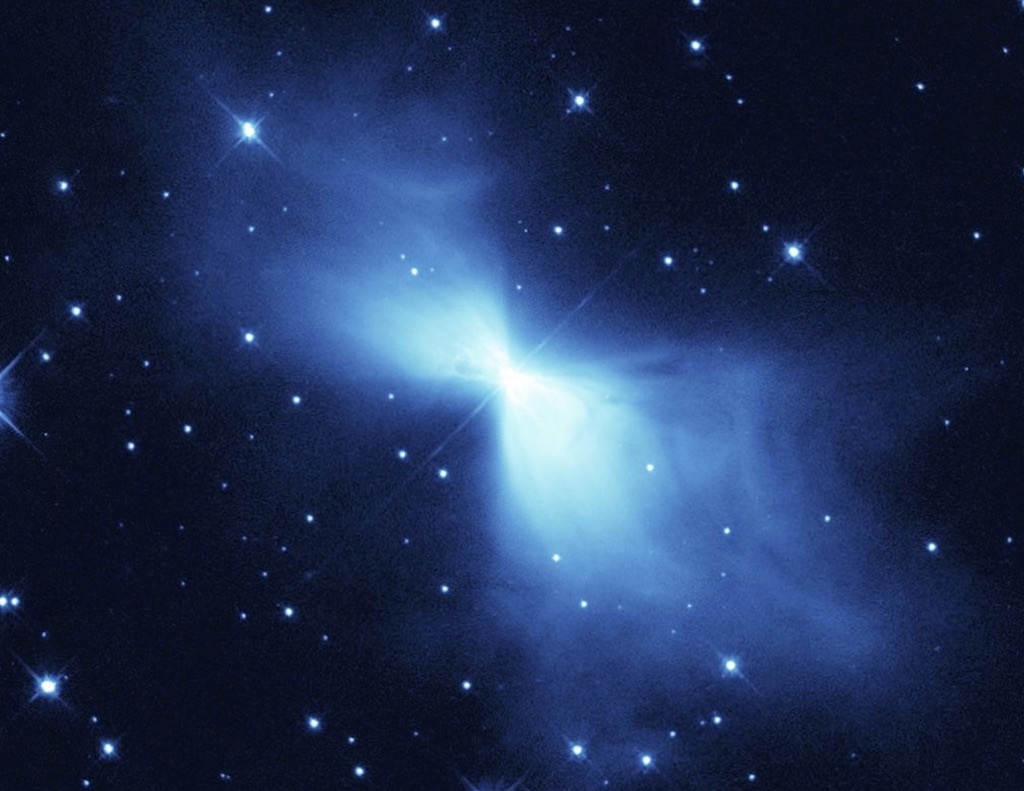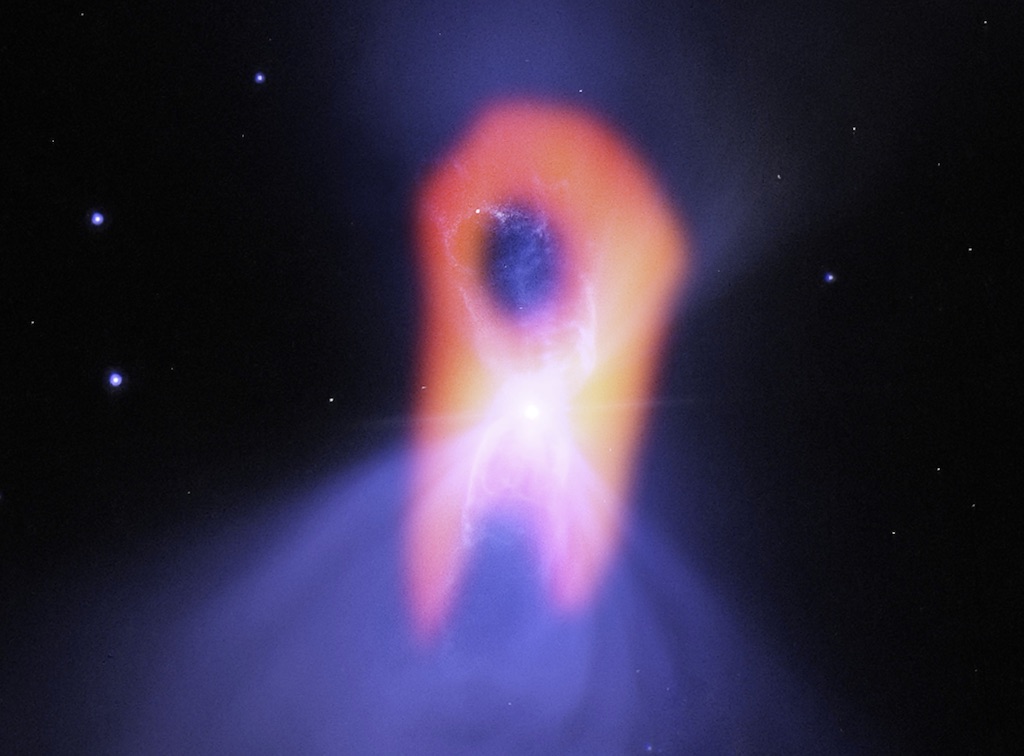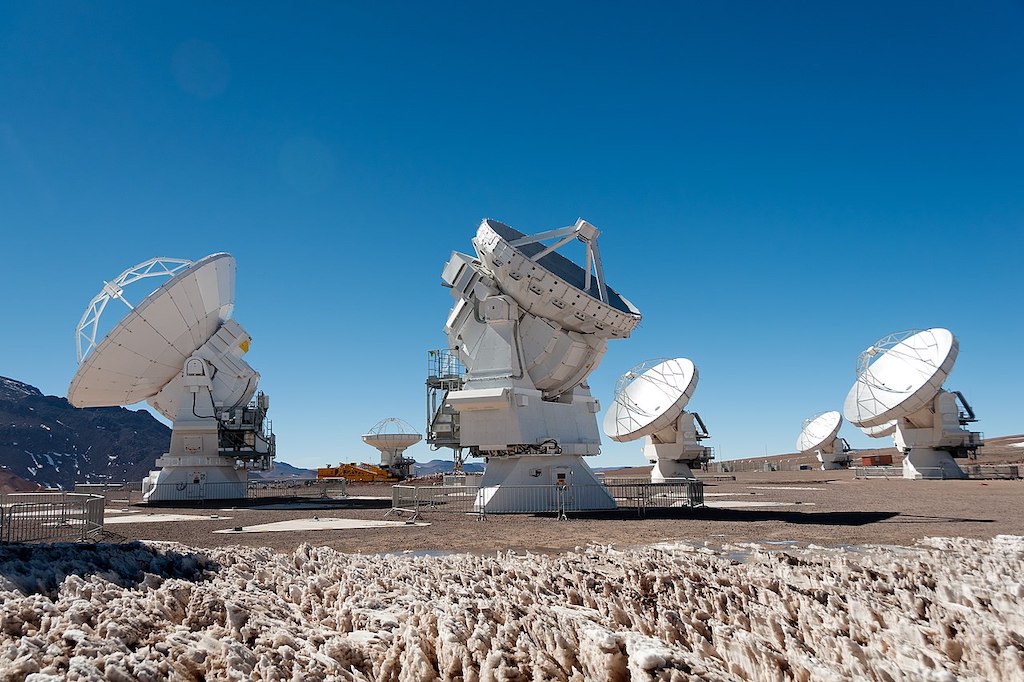What is the coldest place in the universe?
The coldest place in the universe is a teeth-chattering –459.67 degrees Fahrenheit: over three times icier than the chilliest location on Earth.

The coldest place in the universe is the Boomerang Nebula, the chilliest object ever found so far. It's located some 5,000 light-years away from Earth in the constellation Centaurus.
The Boomerang Nebula is a reflecting cloud of dust and ionized gases — a young planetary nebula with a dying red giant star at its center. Once a star much like our sun, it has been shedding its outer layers as expected during the last stages of its life. But it has been found to be losing its mass about 100 times faster than other similar dying stars.
What's more, it's doing so at a jaw-dropping 100 billion times faster than Earth's sun. According to NASA, this has actually resulted in nearly one-and-a-half times the mass of our sun being lost by the central star over the past 1,500 years. And, because the gases are being thrown off so fast — and at a rate of 101 miles per second (164 km/s)) — it's blasting away a lot of heat energy.
How cold is it?

The upshot of this is a very cold region of space and it's best expressed by recapping the lowest limit of the thermodynamic temperature scale: absolute zero. On the Celsius scale this is –273.15 degrees and on the Fahrenheit scale it is –459.67 degrees. So how does the Boomerang Nebula compare?
The Boomerang Nebula's deep interior temperature is a teeth-chattering –458 degrees Fahrenheit or –272 degrees Celsius, meaning that the Boomerang Nebula is just a degree Celsius above absolute zero. That places it at over three times chillier than the temperature recorded across Dome Fuji, Antarctica in 2010, which was recorded at a freezing -199.8 degrees Fahrenheit (-93.2 degrees Celsius), according to The Independent.
The Boomerang Nebula is so cold that it's even lower than the temperature of the cosmic microwave background (CMB) left over from the Big Bang (-454.7 degrees Fahrenheit, -270.4 degrees Celsius). Indeed the CMB's light is actually absorbed by the Boomerang Nebula and this was quickly spotted when the nebula was first discovered in 1980.
How was it discovered?

In 1980, when astronomers Keith Taylor and Mike Scarrott began to study the nebula using the Anglo-Australian ground-based telescope at the Siding Spring Observatory, they didn't know at that point that it would be the coldest place in the universe but its boomerang-shape ensured it — at least — had a natural name.
At least, it seemed like it did until it was captured by the Hubble Space Telescope in greater detail in 1998, showing a closer resemblance to a bow-tie or hourglass. But before astronomer Raghvendra Sahai knew this extra detail, he was already hard at work, predicting the existence of cold regions in a paper published in the Astrophysical Journal in 1990.
Sahai said that wind from the star could expand rapidly as it flowed outward, causing the temperature to drop dramatically, making it something of a cosmic refrigerator. As such, in 1995, a team headed by Sahai using the Swedish-ESO Submillimetre Telescope in Chile (decommissioned in 2003), sought to test the theory on the Boomerang Nebula, which led to the temperature being determined.
What makes it so cold?

The temperature was then confirmed by astronomers using the Atacama Large Millimeter/submillimeter Array (ALMA) in Chile in 2013 but it was Sahai's study published in the Astrophysical Journal in 2017 that shed extra light on what may have happened.
Sahai's work found that the low temperature was being caused by the rapid acceleration of gas but he also sought to explain why the expulsion was happening so fast, believing it to be a dying red giant for the first time.
According to Sahai — who works at NASA's Jet Propulsion Laboratory (JPL) in Pasadena, California — a small companion star could have plunged into the red giant.
"The only way to eject so much mass and at such extreme speeds is from the gravitational energy of two interacting stars which would explain the puzzles properties of the ultra cold outflow," he said in a statement by the National Radio Astronomy Observatory.
The fact that it ejects its outer layer from two small points is also significant because air expands and cools more rapidly through a tiny opening. The next step now for scientists is to find other similar phenomena that would be ever colder still.
As for the Boomerang Nebula, the central star will eventually become a white dwarf.
Join our Space Forums to keep talking space on the latest missions, night sky and more! And if you have a news tip, correction or comment, let us know at: community@space.com.
Get the Space.com Newsletter
Breaking space news, the latest updates on rocket launches, skywatching events and more!

David Crookes is a UK-based science and technology journalist who has been writing professionally for more than two decades. Having studied at the University of Durham in England, he has written for dozens of newspapers, magazines and websites including The Independent, The i Paper, London Evening Standard, BBC Earth, How It Works and LiveScience. He has been a regular contributor to Space.com's sister publication, All About Space magazine since 2014.










